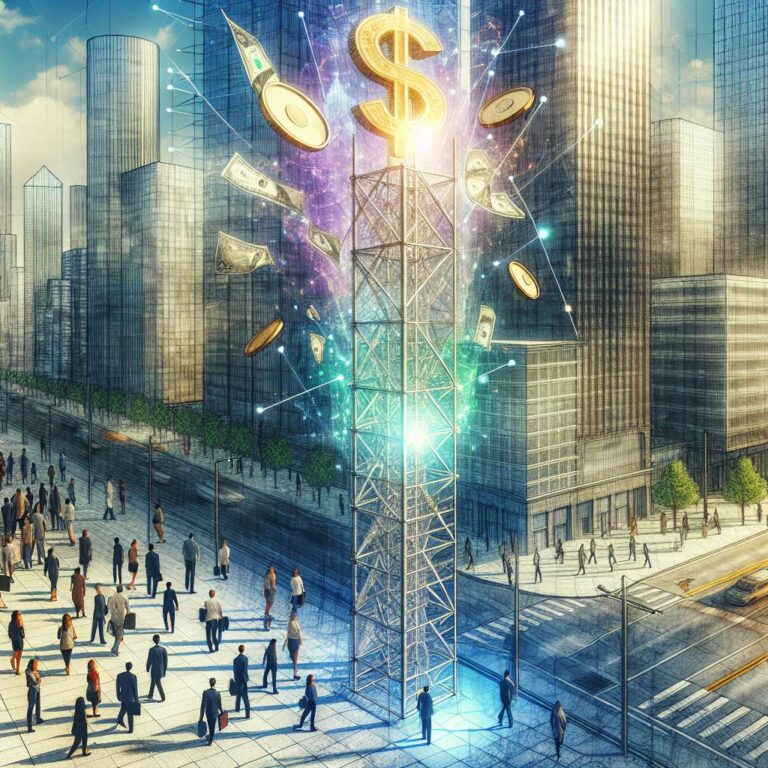Microsoft has joined Nvidia in reaching a record multi-trillion dollar market valuation, fueled primarily by the explosive investment and speculation surrounding artificial intelligence. In just seven years since Apple hit the trillion-dollar mark, the number of tech giants surpassing multi-trillion dollar valuations has ballooned, with much of that surge concentrated in the past two years and deeply tied to the artificial intelligence gold rush. The driving forces behind such unprecedented capitalization are not just consumer demand, but massive capital expenditures on infrastructure—cloud computing, specialized chips, and data centers—by companies like Microsoft and Nvidia that provide the essential tools for artificial intelligence deployment.
According to Wall Street Journal and Bloomberg analyses, capital expenditures on artificial intelligence infrastructure are now outpacing spending seen during the late ´90s dot-com era, and have even overshadowed all consumer spending in their contribution to US GDP growth over the past two quarters. Economic researchers, such as Neil Dutta of Renaissance Macro, suggest this frenzy of investment has become a de facto private sector stimulus, masking broader economic drags from tariffs and other headwinds. However, the return on these investments remains murky. Critics, including industry observers like Ed Zitron, argue that big tech companies are reporting surging valuations and infrastructure revenue, while actual profitable artificial intelligence products for consumers are elusive, and many such products are resource-intensive money losers.
This artificial intelligence-fueled boom has tangible effects across industries, but also drives active backlash. Higher education stands at the frontline: American university professors, as represented by the American Association of University Professors, have formally organized against what they see as a reckless proliferation of artificial intelligence in teaching and administration. Faculty surveys reveal deep concern over loss of decision-making authority, worsening working conditions, threats to academic freedom, and the risk that student learning will be devalued by algorithmic and surveillance-driven systems. Organizers advocate for shared governance regarding technology decisions and stress the necessity of policy frameworks that foreground the public good, intellectual property protections, and educational quality.
The author highlights the potential for a severe economic correction if the artificial intelligence bubble bursts, paralleling or even eclipsing the dot-com crash. At the same time, entrenched interests—corporate oligarchs, policymakers, and increasingly the state—may harness automation and artificial intelligence as a means of technocratic control, rather than societal benefit. Calls for broader resistance to unaccountable corporate artificial intelligence implementation are growing, as people across sectors recognize systemic challenges to labor, creativity, and democracy. The trajectory of the artificial intelligence economy remains deeply uncertain, even as its rapid capital flows mask fragilities beneath the surface.

